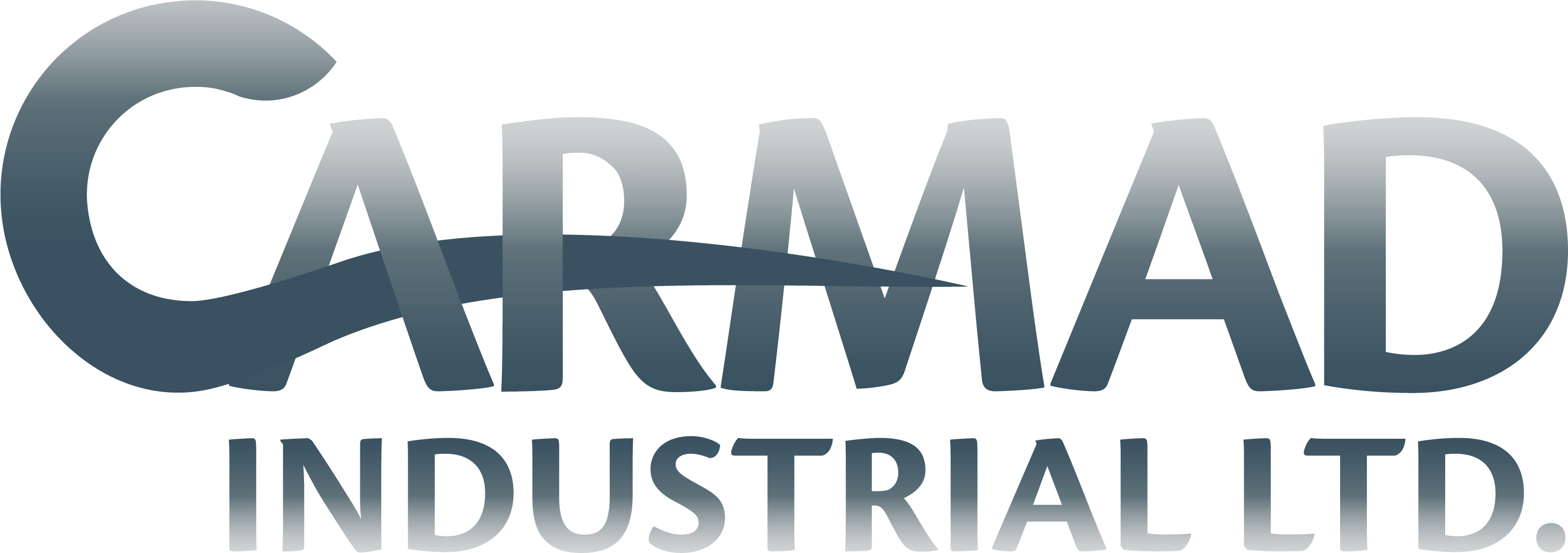



Increase production uptime by reducing cleaning time and equipment failure
Oil and gas companies are always looking to boost productivity, operate in a safe manner and scale back their impact on the environment. Dry ice blasting offers an alternative to traditional cleaning methods. Dry ice blasting is chemical free, zero moisture, zero secondary waste, is nonabrasive and non-flammable. As a world renown producer of oil and gas, Alberta’s fossil fuel industries make good use of dry ice as it is a soft media and it can be used to effectively clean delicate components and equipment without damage. Because it cleans without water or solvents, it can be used around electronics and other sensitive components. Dry Ice Blasting minimizes disassembly and pre-job preparation time – and because it sublimates on contact, cleanup time and disposal costs are reduced and secondary waste contamination to sensitive moving parts is eliminated.
Dry ice cleaning is a proven solution for cleaning in the oil and gas industry. Heat exchangers, generators, radiator fins, motors, pumps, vessels, drilling equipment and tank batteries are cleaned quickly and without damage. It is gentle enough to clean radiator fins on fracking pump trucks, aggressive enough to clean Bitumen from the walls of vessels and effective enough to be able to inspect pipelines or instruments thoroughly.
Remove heavy oil, carbon and paraffin buildup
Heavy oils, bitumen, and corroding agents can all be effectively removed from pipes, valves, and other equipment using dry ice blasting. Most times, this process can be done while the system in still operating, so your company has no down time.
- Clean in-place
- No secondary waste stream
- Dry process allows for immediate repainting or recoating after cleaning
- Non-abrasive (No damage to equipment)
- Minimal to no disassembly
- More effective cleaning
- Environmentally responsible
Specific Use Cases
- Oil, bitumen and corroding agent removal
- Failed coating, corrosion, soluble salts and chloride removal
- Wellhead equipment
- Pipes
- Valves and gauges
- Pipelines
- Pipeline pigs
- Non-destructive testing
- Hydrocarbon spills
- +More
Clean and prepare surfaces for testing, maintenance, repair or repainting
Dry ice cleaning is a dry process that allows for cleaning and non-destructive testing without secondary waste.
- No secondary waste stream
- Dry process allows for immediate repainting or recoating after cleaning
- Non-abrasive (No damage to equipment)
- Minimal to no disassembly
- Clean in-place
- More effective cleaning
- Environmentally responsible
Specific Use Cases
- Pipelines
- Transport vehicles – Trucks and railcars
- Failed coating, corrosion, soluble salts and chloride removal
- Operational equipment
- Tanks
- Pressure vessels
- Production vessels
- Storage vessels
- Hydrocarbon spills
- Non-destructive testing
- +More
Safely clean heat exchangers and other critical power generation equipment
Dry Ice blasting is a proven method of cleaning exchangers, boiler tubes, radiator fins, generators, motors, pumps, etc. Cleaning with Dry Ice is very versatile in its ability to clean delicate heat exchanger fins without damage, or aggressive enough to clean heavy tars like bitumen, asphalting, coke, heavy oils, Sulphur, spilled hydrocarbons, and other contaminants from loading areas..
- More effective cleaning
- Dry process allows for immediate repainting or recoating after cleaning
- No secondary waste stream
- Improved operational efficiencies
- Minimal to no disassembly
- Clean in-place
- Environmentally responsible
Specific Use Cases
- Heat exchangers
- Oil, bitumen and corroding agent removal
- Failed coating, corrosion, soluble salts and chloride removal
- Heat recovery steam generator (HRSG)
- Furnace and economizer tube bundles
- Rotational equipment – Turbines and motors
- Coker units
- Catalytic crackers and reformers
- Hydrocrackers and separators
- Electrical equipment
- Hydrocarbon spills
- Ethanol refining equipment
- Non-destructive testing
- +More
“Watched this process. Cleaned the screw auger on one of the blow film lines. Keeps debris to a minimum and no fine particulates from typical blast media. Good ventilation is a requirement due to CO2. Only have to sweep up the material removed.” – Facebook User
